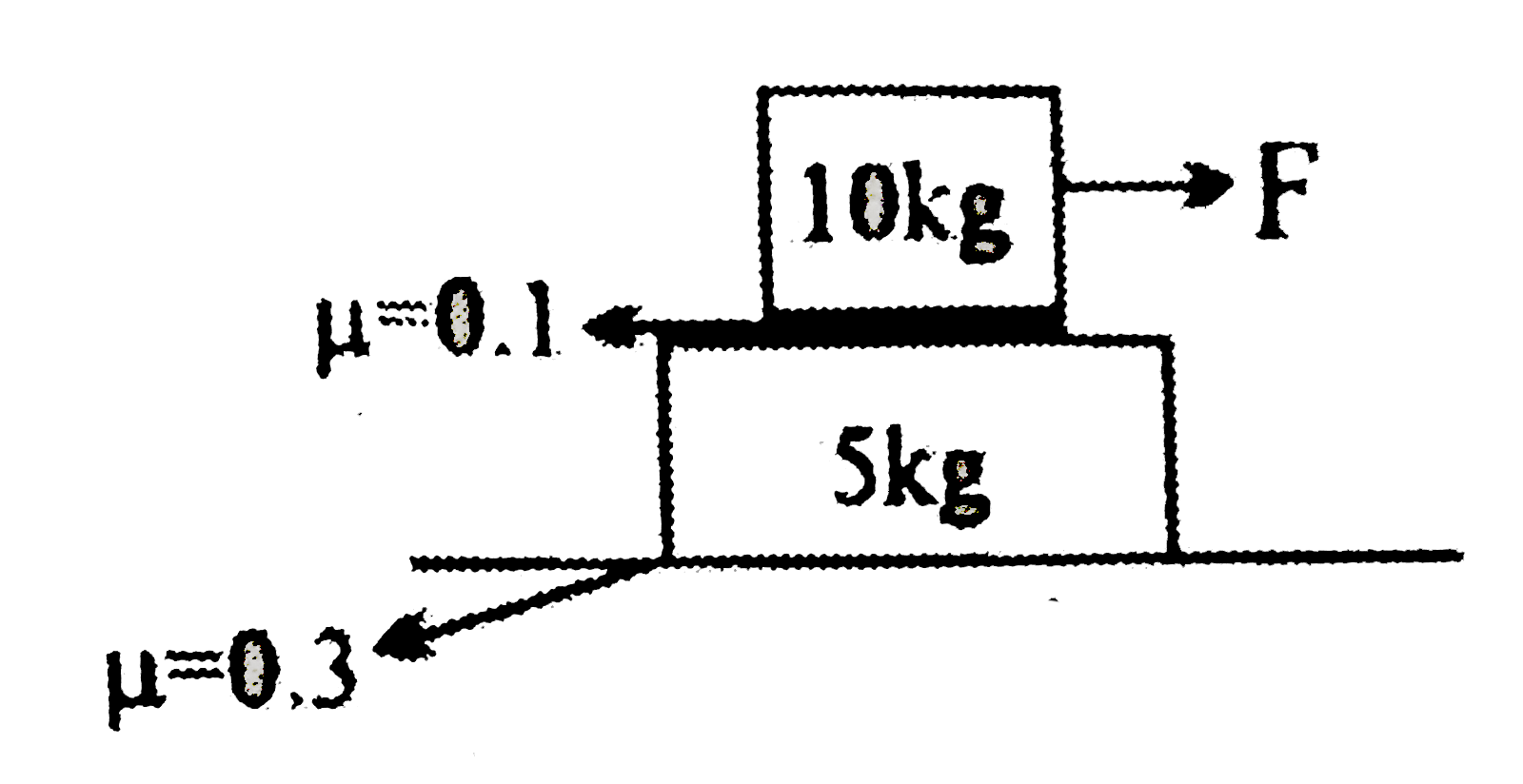The probability that out of 10 person, all born in June, at least two have the same birthday is (a) 30C10(30)10 (b) 1−30C1030! (c) (30)10−30P10(30)10 (d) None of these
30C10(30)10
1−30C1030!
(30)10−30C10(30)10
None of these
The correct Answer is:D
To solve the problem of finding the probability that out of 10 persons all born in June, at least two have the same birthday, we can follow these steps:
1. Understanding the Problem:
We need to find the probability that at least two out of 10 people share the same birthday in June.
2. Using the Complement Rule:
Instead of directly calculating the probability of at least two people sharing a birthday, we can use the complement rule. The complement of "at least two people share a birthday" is "no one shares a birthday." Thus, we can express our desired probability as:
P(at least 2 share)=1−P(none share)
3. Calculating the Total Outcomes:
In June, there are 30 days. The total number of ways to assign birthdays to 10 people (where each can have any of the 30 days) is:
3010
4. Calculating the Favorable Outcomes (None Share):
To find the number of ways in which no two people share a birthday, we can select 10 different days from the 30 available days. The number of ways to choose 10 days from 30 is given by the combination formula (3010). After choosing the days, we can assign the 10 people to these days in 10! (10 factorial) ways. Therefore, the number of favorable outcomes where no one shares a birthday is:
(3010)×10!
5. Putting It All Together:
Now we can substitute the values into our probability expression:
P(none share)=(3010)×10!3010
Thus, the probability that at least two people share a birthday is:
P(at least 2 share)=1−(3010)×10!3010
6. Final Expression:
We can express 10! in terms of permutations:
P(at least 2 share)=1−30P103010
where 30P10=30!(30−10)!.
Conclusion:
The final probability that at least two of the 10 persons have the same birthday is given by:
P(at least 2 share)=1−30P103010
This matches option (c):
(c) 3010−30P103010
We need to find the probability that at least two out of 10 people share the same birthday in June.
Instead of directly calculating the probability of at least two people sharing a birthday, we can use the complement rule. The complement of "at least two people share a birthday" is "no one shares a birthday." Thus, we can express our desired probability as:
P(at least 2 share)=1−P(none share)
In June, there are 30 days. The total number of ways to assign birthdays to 10 people (where each can have any of the 30 days) is:
3010
To find the number of ways in which no two people share a birthday, we can select 10 different days from the 30 available days. The number of ways to choose 10 days from 30 is given by the combination formula (3010). After choosing the days, we can assign the 10 people to these days in 10! (10 factorial) ways. Therefore, the number of favorable outcomes where no one shares a birthday is:
(3010)×10!
Now we can substitute the values into our probability expression:
P(none share)=(3010)×10!3010
Thus, the probability that at least two people share a birthday is:
P(at least 2 share)=1−(3010)×10!3010
We can express 10! in terms of permutations:
P(at least 2 share)=1−30P103010
where 30P10=30!(30−10)!.
The final probability that at least two of the 10 persons have the same birthday is given by:
P(at least 2 share)=1−30P103010
This matches option (c):
(c) 3010−30P103010
Topper's Solved these Questions
- PROBABILITYBOOK - VMC MODULES ENGLISHCHAPTER - PROBABILITYEXERCISE - LEVEL - 2
49 Videos
- PROBABILITYBOOK - VMC MODULES ENGLISHCHAPTER - PROBABILITYEXERCISE - NUMERICAL VALUE TYPE FOR JEE MAIN
15 Videos
- PROBABILITYBOOK - VMC MODULES ENGLISHCHAPTER - PROBABILITYEXERCISE - JEE ADVANCED (ARCHIVE)
102 Videos
- PERMUTATION & COMBINATIONBOOK - VMC MODULES ENGLISHCHAPTER - PERMUTATION & COMBINATIONEXERCISE - JEE ARCHIVE
50 Videos
- PROPERTIES OF TRIANGLEBOOK - VMC MODULES ENGLISHCHAPTER - PROPERTIES OF TRIANGLEEXERCISE - JEE Advanced (Archive)
50 Videos
Similar Questions
30C0⋅20C10+31C1⋅19C10+32C2⋅18C10+....40C10⋅10C10 is equal to
View SolutionThe value of (300)(3010)−(301)(3011)+(302)(3012)++(3020)(3030)= a. ^60C20 b. ^30C10 c. ^60C30 d. ^40C30
View SolutionIf the value of the sum 29(.30C0)+28(.30C1)+27(.30C2)+…….+1(.30C28)−(.30C30) is equal to K.232, then the value of K is equal to
View SolutionLet q be a positive with q≤50.
If the sum 98C30+2 97C30+3. 96C30+……+68. 31C30+69. 30C30=100Cq
Find the sum of the digits of q.
View SolutionRajdhani Express going from Bombay to Delhi stops at five intermediate stations, 10 passengers enter the train during the journey with 10 different ticket of two class. The number of different sets of tickets they may have is a. ^15C10 b. ^20C10 c. ^30C10 d. none of these
View SolutionIf all the letters of the word IIT-JEE are written at random in a row, then the probability that both I's come before T, is (a)15 (b) 130 (c) 110 (d) 13
View SolutionLeg P(x)=|76x−102x−105x−1034|, sum of zeroes of P(x) is
(a) 30
(b) 28
(c) 27
(d) None of these
View SolutionIf all the letters of the word IIT-JEE are written at random in a row, then the probability that both I's come before T, is 115 b. 130 c.110 d. 13
View SolutionThe value of sin10∘sin30∘sin50∘sin70∘ is equal to .
View Solution
The acceleration of 10 kg block when F = 30 N is
View Solution
